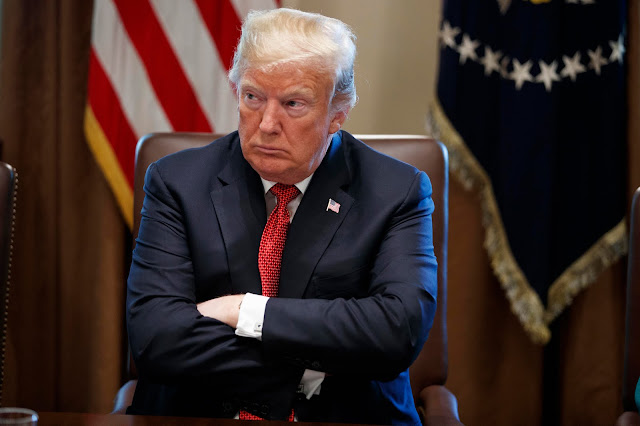
- A national emergency is any extraordinary situation declared by the president as threatening American citizens and not resolvable by other laws.
- Under the National Emergencies Act of 1976, a declaration of national emergency temporarily grants the president at least 140 special powers.
- The reasons for declaring a national emergency and the provisions to be applied during that emergency are solely and entirely up to the president.
While the U.S. Constitution grants Congress a few limited emergency powers—such as the power to suspend the right to writs of habeas corpus—
National Emergencies Act of 1976
Under the National Emergencies Act, presidents are required to identify the specific powers and provisions to be activated by the declaration of emergency and to renew the declaration annually. While the law grants the president at least 136 distinct emergency powers, only 13 of them require a separate declaration by Congress.
During declared national emergencies, the president can—without the approval of Congress—freeze the bank accounts of Americans, shut down most types of electronic communications inside the United States, and ground all non-military aircraft.
Presidents may terminate declared emergencies at any time or continue to renew them annually with the approval of Congress. Since 1985, Congress has been allowed to renew an emergency declaration by the passage of a joint resolution rather than by separate resolutions passed by the House and Senate.
The law also requires the president and the Cabinet-level executive agencies to keep records of all executive orders and regulations issued due to the emergency and to regularly report to Congress the costs of enforcing those provisions.

No comments:
Post a Comment